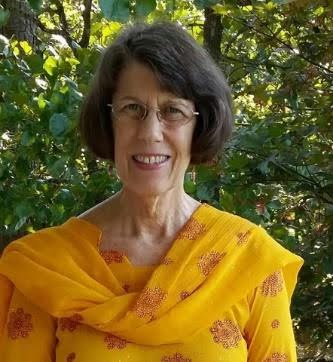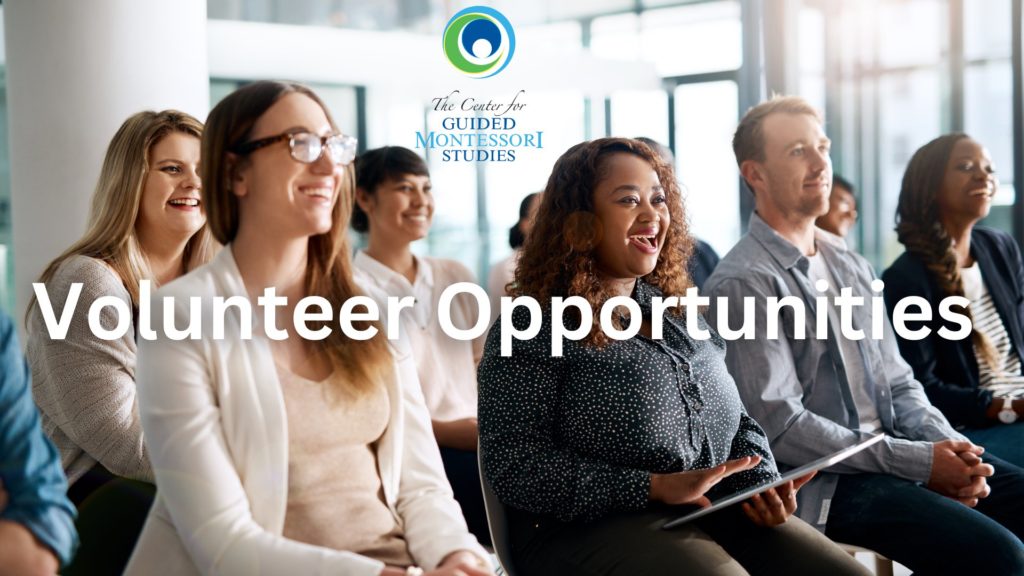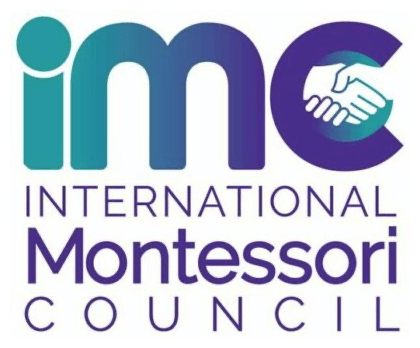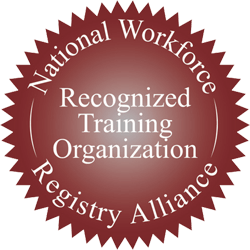Written by Dr. Acker
There are two independence days in the United States. One is a federal holiday, and the other
one defies the history of the other by its very existence, and teaches a lesson about silence as a
moral act of complicity. That’s Juneteenth. To get to the point of this, I need to provide you
with an updated history lesson.
History of the Emancipation Proclamation:
From 1619, when the first slave ships landed in Jamestown, Virginia, until soldiers arrived in
Texas to enforce the Emancipation Proclamation in 1865, slaves were used to build what would
be known as the USA.
Juneteenth recognizes the days when General Granger arrived in Galveston, Texas on June 19th,
1865, with an announcement that the slaves were free. That proclamation freed slaves in
territories that were rebelling against US states – where the government had no authority to
free slaves. It was just not in Lincoln’s jurisdiction. In areas where US had authority to free
slaves (border states and areas of the confederacy that were conquered by Union troops) –
those slaves were not freed by the Emancipation Proclamation. Lincoln didn’t free the slaves he
had authority to free.
North (Union) fought against south (Confederates) over issue of slavery. North won (had
22million) vs South (9 million, of which 3.5 million were slaves – not sympathetic to the cause).
Many slaves in the south began coming over to the Union side. Because slaves were a resource
to the enemy, the Union didn’t want to give them back. In fact, so many slaves escaped to the
north, that Lincoln was forced to issue the Emancipation Proclamation, because technically,
Confederate masters owned those slaves, and by holding onto them, the north was keeping
them illegally.
So, on September 22, 1862, Lincoln issued the first Emancipation Proclamation – 1a. It was, in
essence, a threat. It said that if the confederate states didn’t cease their rebellion by January 1,
1863, the actual proclamation would go into effect – EP1b.
Many confederates believed that Lincoln’s proclamation would cause a slave revolution, so a
law was enacted, called the 20 Negro Law. This law allowed any slave owner who had 20 or
more slaves, to be exempt from having to serve in the Confederacy because they needed to
stay at home and oversee their slaves – keeping them in check.
Proclamation and Wait
When the confederacy didn’t yield, Lincoln issued the final Proclamation true to the date,
January 1, 1863 that the slaves in the south were free. Wait – when did the announcement
reach the slaves? General Granger arrived in Galveston on June 19th, 1865.
That was 2.5 years later. Why didn’t they know for 2.5 years? Did anyone know? There are lots
of stories about why it took so long for the slaves to hear – it took a while for news to travel
(example given: it took Confederate soldiers in western Texas more than two months to hear
when Robert E. Lee had surrendered).
But 2.5 years! Who knew? Well, the Union troops knew. Slaves were coming to them. The word
was out among the military heads that Lincoln was giving three months for the south to cease
their rebellion.
Technically, from the Union’s perspective, the 250,000 enslaved people in Texas were already
free—but no one knew, and no one was in a rush to inform them. Their silence kept enslaved
people in bondage.
Can you imagine what it is like to wait for freedom? For these slaves, it wasn’t even 30 months.
It was hundreds of years. For a people who didn’t deserve one more day of slavery, I would say
that 2.5 years of not knowing is cruel and unusual punishment. It’s like the 8.46 minutes of wait
for Mr. George Floyd.
And, that wasn’t the only silence. According to historian James Smallwood, many slave owners
deliberately suppressed the information until after the harvest, and some beyond that. At late
as 1868, or 5 years later, there were reports of enslaved people who didn’t find out about their
freedom, until their owner had died.
Despite the announcement, Texas slave owners weren’t eager to part with “their property”.
Some slave owners were so opposed to the emancipation of their former “property,” that when
freed people tried to leave, many of them were beaten, lynched, or murdered. “They would
catch [freed slaves] swimming across [the] Sabine River and shoot them.”
Silence Used As Affirmation
Silence created an affirmation and acknowledgment that it was right and appropriate for
humans – black humans to be beaten, to have their children taken away, to be pregnant and to
be lynched, and have your baby removed from your body.
Silence gave rise to strong segregation laws, Jim Crow laws, which were not abolished until
1968, a century later. These laws restricted:when, where and how formerly enslaved people could work, and for how much. It required segregated waiting rooms in bus and train stations, water fountains, restrooms, building entrances, hospitals, elevators, cemeteries, amusement park cashier windows, swimming pools, jails, residential homes, and from living in White neighborhoods. “The ultimate tragedy,” Martin Luther King, Jr. said, “is not the oppression and cruelty by the
bad people but the silence over that by the good people.”
Gandhi said, “Silence becomes cowardice when occasion demands speaking out the whole
truth and acting accordingly.” And similarly, Dr. King said, “There comes a time when silence is
betrayal. Our lives begin to end the day we become silent about things that matter.”
Silence was the tool imposed to carry out some of the most atrocious deeds to humankind. It’s
a very painful kind of silence because it removes one’s voice, one’s spirit and one’s life. It is
perhaps why Mr. Floyd cried out- hoping someone’s voice would save his life.
I went to a rally last week, in which someone wore a shirt that said, I will not stand by and
watch you die. It hit me.
We have followed a lesson of silence, and have stood by in silence, day after day, for hundreds
of years, while others were oppressed, and now – we need to gather our courage to lift the gag
order of oppression, and we need to be silent no more.
So, my challenge with Juneteenth is that I see it more as a day of honor and remembrance – a
day of commemoration than simply as a day of celebration. I’m grateful for abolitionists who
fought for freedom. I am grateful that slaves were eventually on a semi-political level freed
from bondage. I’m grateful that it was seen that people should not have the privilege of
removing a God-given right.
However, for me – Juneteenth is the strong reminder that when we are silent, we become
partners in the restriction of freedom, the perpetual acts of racism and injustice, and the loss of
life. To sit silently by, is to be morally complicit in the act itself. Silence is complicit.
So how do we commemorate Juneteenth?
● By enhancing our knowledge about its history
● By reflecting on ways to combat “otherness” so that we are truly one circle of equals
● By reading something or watching a movie that shares the lives of people of color
And do we celebrate? Certainly, if people want to celebrate the freedom announcement,
absolutely. But let’s have a full lens, and recognize that what we are celebrating was a step
toward freedom, the silenced words that finally came forward, and the beginning of the
understanding that the fight for freedom, although it is not over, has victories. As King Jr said,
“Let us realize the arc of the moral universe is long but it bends toward justice.”









